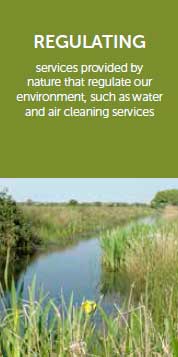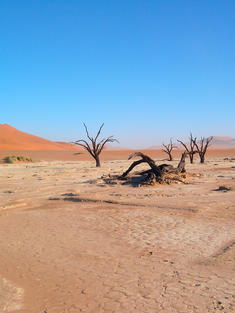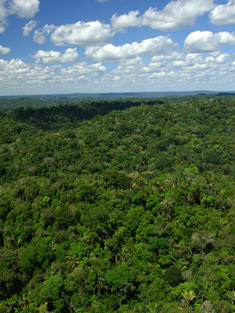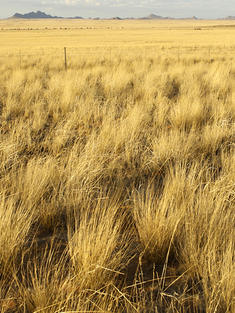Ecosystem services are the numerous and diverse benefits that people openly benefit from the natural surroundings and also from properly-functioning ecosystems. Such ecosystems contain, by way of instance, agroecosystems, forest ecosystems, grassland ecosystems and aquatic ecosystems. These ecosystems working properly supplies such matters such as agricultural produce, lumber, and aquatic organisms including fishes and fishes. Together, these advantages have become called'ecosystem services', and are frequently essential to the provisioning of fresh drinking water, the decomposition of wastes, as well as also the natural pollination of plants and other crops. Supporting services comprise services like nutrient cycling, primary production, soil formation, habitat supply and pollination.
Habitat conservation for wild species is among the most crucial problems facing the environment today - both in the sea and on land. As human populations increase, land usage grows, and wild species have smaller distances to call house. Over fifty percent of all Earth's terrestrial surface was changed because of human activity, leading to extreme deforestation, erosion and loss of topsoil, biodiversity loss, and even extinction. Species can't survive out their normal habitat with no human intervention, like the habitats within a zoo or aquarium, such as. Maintaining habitats is vital to maintaining biodiversity. Migratory species are especially vulnerable to habitat destruction since they have a tendency to occupy more than a natural habitat. Changing a natural habitat slightly may bring about a domino effect that hurts the whole ecosystem.
World's diverse ecosystems
- Details
- Category: Environmental conservation
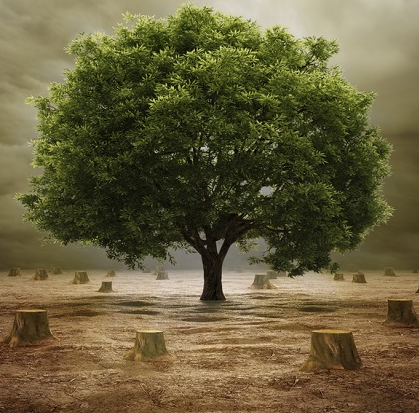 Biodiversity depletion, on the other hand, means the habitats are dying. Either the entire environment is destroyed as a result of human activity — such as deforestation, urban development, and farming — or a large number of key organisms in an ecosystem perish that the ecosystem dies on its own. There are many examples of how human interference can have catastrophic effects for an environment.
Biodiversity depletion, on the other hand, means the habitats are dying. Either the entire environment is destroyed as a result of human activity — such as deforestation, urban development, and farming — or a large number of key organisms in an ecosystem perish that the ecosystem dies on its own. There are many examples of how human interference can have catastrophic effects for an environment.We're also seeing a decrease in biodiversity. More than 60% of the planet's biodiversity has been lost in the last five decades, according to estimates.
What causes the demise of these natural ecosystems?
Natural disasters can often bring an ecosystem to its knees. Forest fires, flooding, and volcanic eruptions are all capable of damaging an environment in a particular region. These forms of natural biodiversity loss, on the other hand, are popular — and the world has a plan in place to recover them once the damage has subsided. Some pine tree seeds, for example, will not germinate unless their parent tree has been destroyed in a wildfire.
Those aren't the kinds of biodiversity losses that should bother us.
In the past few decades, human activity has been responsible for the bulk of biodiversity loss. Among the most popular causes are:
Deforestation: When we clear a forest for timber or claim land for cultivation, we are destroying special habitats that cannot be found anywhere else.
Invasive Animals: Species that are introduced into an environment where they have no natural predators will devastate it. Pythons in the Florida Everglades and lionfish in the Gulf of Mexico are good examples of this. The majority of these invasive species can be traced back to human activity.
Pollution: Waste spilled into rivers, chemical runoff from industrial applications, and air pollution from vehicles and factories all have harmful implications.
Climate Change: As the end of the last ice age showed, climate change will occur gradually over millions of years. Climate change, on the other hand, is the product of human activity this time. It's happening too soon, and animals are dying because they can't adapt quickly enough.
Overfishing: Since much of the ocean remains unexplored, it's difficult to put a figure on overfishing, but it's estimated that 60 to 90 percent of the ocean has been overfished or is on the verge of collapse.
Since there are so many of us on the planet today, it's virtually difficult to avoid making an effect on the climate. What would the implications of this depletion of biodiversity be for us?
Humans are inextricably connected to the world around us, as much as we try to keep ourselves isolated from it by constructing roads and houses to shield us from the weather. The loss of biodiversity would have an effect on us as well.
Maria Neira, head of the World Health Organization's Department for the Safety of the Human Environment, put it better than we could. "The health of humans is inextricably related to the health of ecosystems, which provide for many of our most essential needs."
Plants from all over the world are harvested for both modern and traditional medicine. Many of these drugs save lives, but half of these plants could be extinct by 2050.
- Details
- Category: Environmental conservation
According to personal injury lawyer Columbus, OH researched, others are more endangered than others by animals. Scientists categorize the level of risk with a different name to keep track of how a species may be at risk of becoming extinct. The
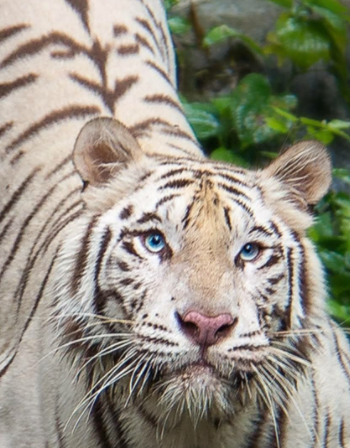 following names vary from the most endangered to the least threatened animals:
following names vary from the most endangered to the least threatened animals: critically endangered
endangered
vulnerable
There are also some animals which exist only in captivity (in a zoo, for example). They are named "extinct in the wild" by these creatures.
What are some of the species that are most endangered?
There are species listed as being Critically Endangered. Here is just a sampling of the list:
Black Rhinoceros - Only a handful of black rhinos are left. In Western Africa, they mostly live. They are often endangered because their horns are destroyed by hunters.
Red Wolf - Originally, the red wolf lived in the Southeast United States. Just a couple of hundred are left, most of them living in captivity.
Others include the Siberian Tiger, the Florida Panther, the California Condor, the Mountain Gorilla, and the Giant Ibis.
The Sea Otter, Loggerhead Sea Turtle, Giant Panda, Blue Whale, Albatross, and Snow Leopard are some of the' endangered species.
The Lion, Cheetah, Hippo, Dingo, Polar Bear, Humpback Whale, and the Macaroni and Royal Penguins have some 'vulnerable species.
How do they protect endangered animals?
Most nations around the world have regulations that preserve endangered species. Killing or harming an endangered or protected animal is also a felony. There are a number of laws in the United States which protect endangered animals. These rules are part of the Endangered Species Act that President Nixon signed into law in 1973. These laws help the animals and their ecosystems to be secure. They also have services called Rehabilitation Plans to help animals heal. The United States Fish and Wildlife Service and the National Oceanic and Atmospheric Administration are the key organizations that enforce the laws and help protect the species.
Wildlife or nature parks are also located across the globe. These preserves are large land areas where species are protected and their habitat is protected. Progress on the land is very restricted or completely stopped. Also, hunting is prohibited or illegal. By keeping some of them captive and breeding them in captivity, critically endangered animals are also secured. This helps researchers keep the species alive and helps them to study the animals as well.
Scientists also research animals in the wild to learn what their population could be influenced by. Scientists may be able to help a species of animal survive extinction with good research.


